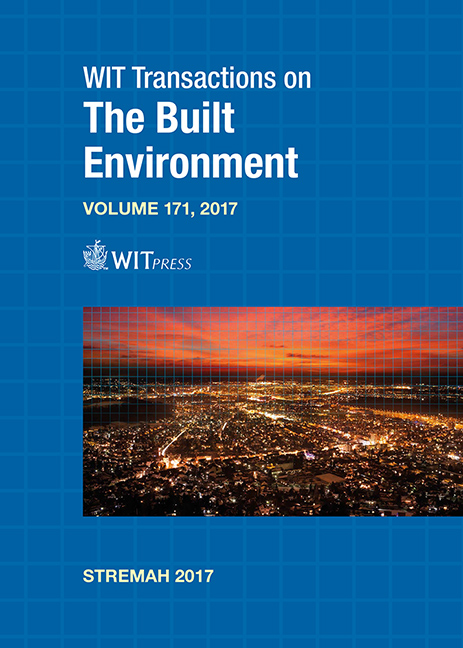HISTORICAL DEVELOPMENT OF DADO ORNAMENTATION IN MUGHAL ARCHITECTURE
Price
Free (open access)
Transaction
Volume
171
Pages
13
Page Range
97 - 109
Published
2017
Paper DOI
10.2495/STR170091
Copyright
WIT Press
Author(s)
FARAH JAMIL, SAIMA GULZAR
Abstract
Mughals being passionate for art and architecture developed new styles and technology for the ornamentation and design of their remarkable buildings. Mughal monuments are known for their characteristic architectural ornamentation which reflects their artistic sense and refined taste for architecture. Ornamentation in Mughal buildings is found to be the fusion of Iranian, Persian, Indian and Islamic architectural style. The aim of this paper is to emphasize the feature of wall decoration, especially dado art, as being a prominent part of decoration and its transitional development during different Mughal periods. It is an attempt to find the influences and their impacts during different reigns of Mughal emperors on the ornamentation style of Mughal buildings. This comprehensive study investigates the history of the transition of design, techniques and materials in chronological order of Mughal Buildings; that is, the combination of Persian, Indian and Islamic art forms which were used as a part of interior as well as exterior wall decoration. The study also reveals the variation in motif design used for wall decoration in different squares and rectangular portions of buildings throughout Mughal architecture.
Keywords
Mughals, art, ornamentation, dado, Islamic




